Echostream was launched by four designers in 2009, all graduates of National Institute of Design, Ahmedabad. Over the years it has grown to a community of designers, ethnographers, anthropologists, architects, educationists and environmentalists. The team specializes in multidisciplinary design interventions that explore sustainable lifestyles in the mountain states, stretching from Himachal Pradesh in the west to Arunachal Pradesh in the east. Their aim is to link regions that share the same geography and cultural traits and to generate and provide services to build a creative mountain economy.
The team believes that ‘we live in a time where ideas demand more empathetic adventurers in all aspects of life. Empathy is not just so we act better towards others, but also because it helps us to create better innovations, services and quality of life’. In short, their design manifesto can be summed up in three words, ‘empathy before creativity’.

Ranveer Singh Sahmbi, an animator from Madhya Pradesh, the only non-Sikkimese in the group worked on a film for the World Wild Life Fund for Nature along with Karma Palzor. He joined Echostream in 2010. “Sonam was persistent that I should work with them. He would send me pictures of what they were doing, making me feel jealous.” Coming to Sikkim was the best decision he has made, he says.
Initially, Echostream was based in Delhi. The members worked out of their homes, but gradually they moved to Gangtok. Through self-sponsored projects, as well as grants from various institutions, they worked on diverse issues concerning preservation of cultural heritage and seeking new ways to explore lifestyles that were in sync with specific conditions, such as the development of educational films for schools, an example being Pokchi, the animation created by Chewang Rinchen Lepcha in 2010. In the film, sponsored by World Wildlife Fund for Nature-India, a red panda named Pokchi takes the viewers through a journey of discovery in the jungles of Sikkim, introducing them to the rich flora and fauna of the region. The film has become a popular educational tool in schools.
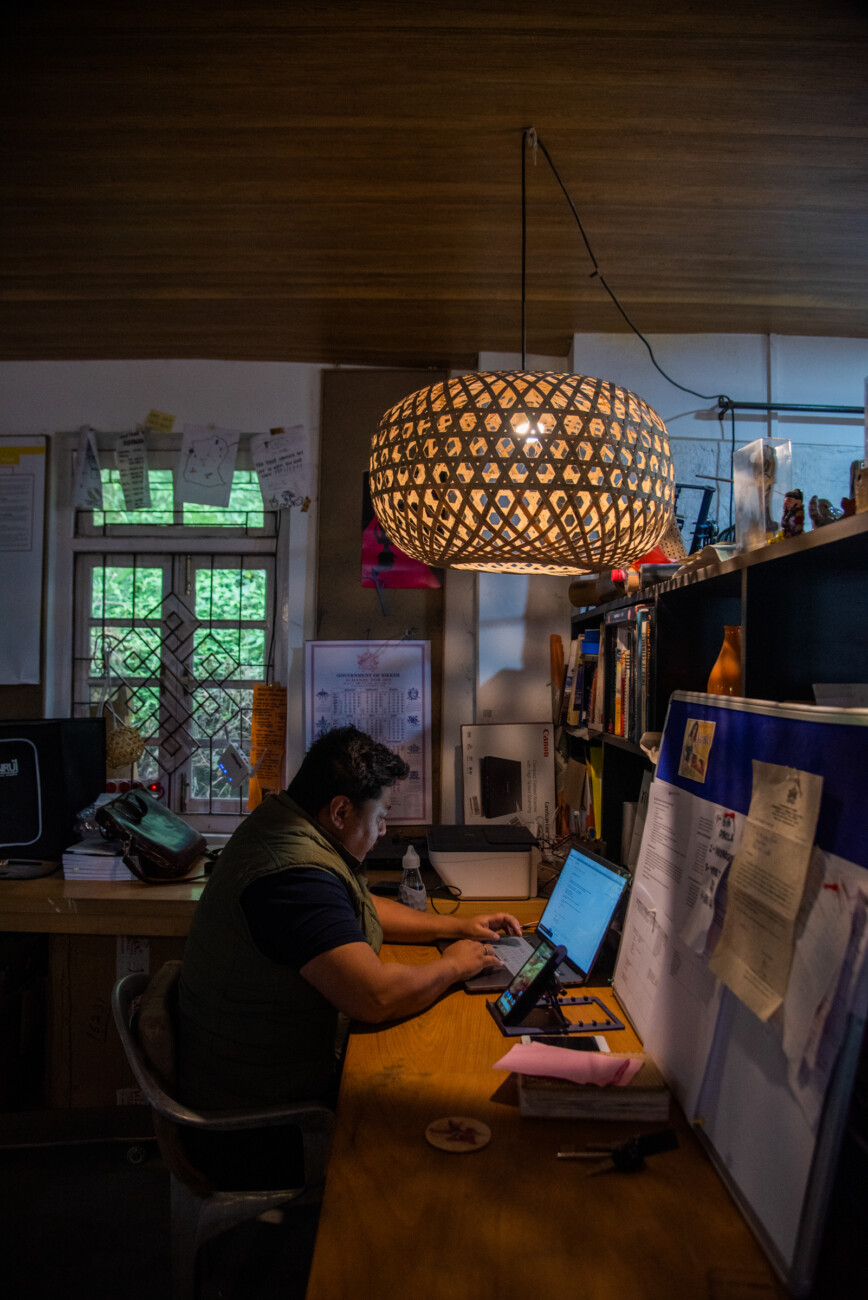

Another project, Tales of the Tribe, produced by the Adivasi Arts Trust, utilizes the skills of traditional thanka painters to tell the stories of the tribes.
The team also works with local schools. One such project was in Lingding Government School where, for a year, they interacted with students every Saturday and engaged them in poetry reading, writing, cooking, music and craft, giving the children a break from the monotony of classroom learning.
Echostream was involved in a forestry project for the Forest, Environment and Wildlife Management Department, Sikkim, funded by Japan International Cooperation Agency (JICA). The four-year project involved intense fieldwork to understand the sustainability of forest products and by-products like brooms, bamboo, corn husk and organic dyes. Other than the trees they were looking at what kind of income-generating activities could be promoted in Sikkim. The project sought to find linkages between forest produce and people’s livelihoods. Existing self-help groups were identified that were keen to share the process of executing the design or the project from the conceptual stage to completion. They worked on the belief that marketing was not only about making things look pretty but needed to incorporate many other aspects. But the process of explaining and convincing the departments was time-consuming, and it was at that point that the team decided to develop projects and products on its own and then present to the people the various possibilities of their activities.
To promote contemporary ideas based on the culture of Sikkim they have introduced their products in North-east India and Uttaranchal. This is also an attempt to encourage pan-Himalayan collaboration.
One such activity involved traditional bamboo weavers. In order to enhance their existing skills, new product designs were developed, keeping in mind modern tastes. The team assured the bamboo weavers that they would buy their products, since marketing is a hurdle that primary producers face. The training happened, but the process of setting up production centres with consistent outputs has been a slow, ongoing process. However, a happy outcome of the intervention has been that training has been imparted to more than forty artisans from select villages under the JICA project, out of which four bamboo craft-persons have now become master craftsmen and train other traditional bamboo weavers in their respective villages.
Sonam Gyaltsen, the brain behind Echostream, is a product designer who now specializes in working with bamboo and has set up a brand called La (which in Bhutia language means a mountain pass) and also repackaging tea, called simply, ‘T’.
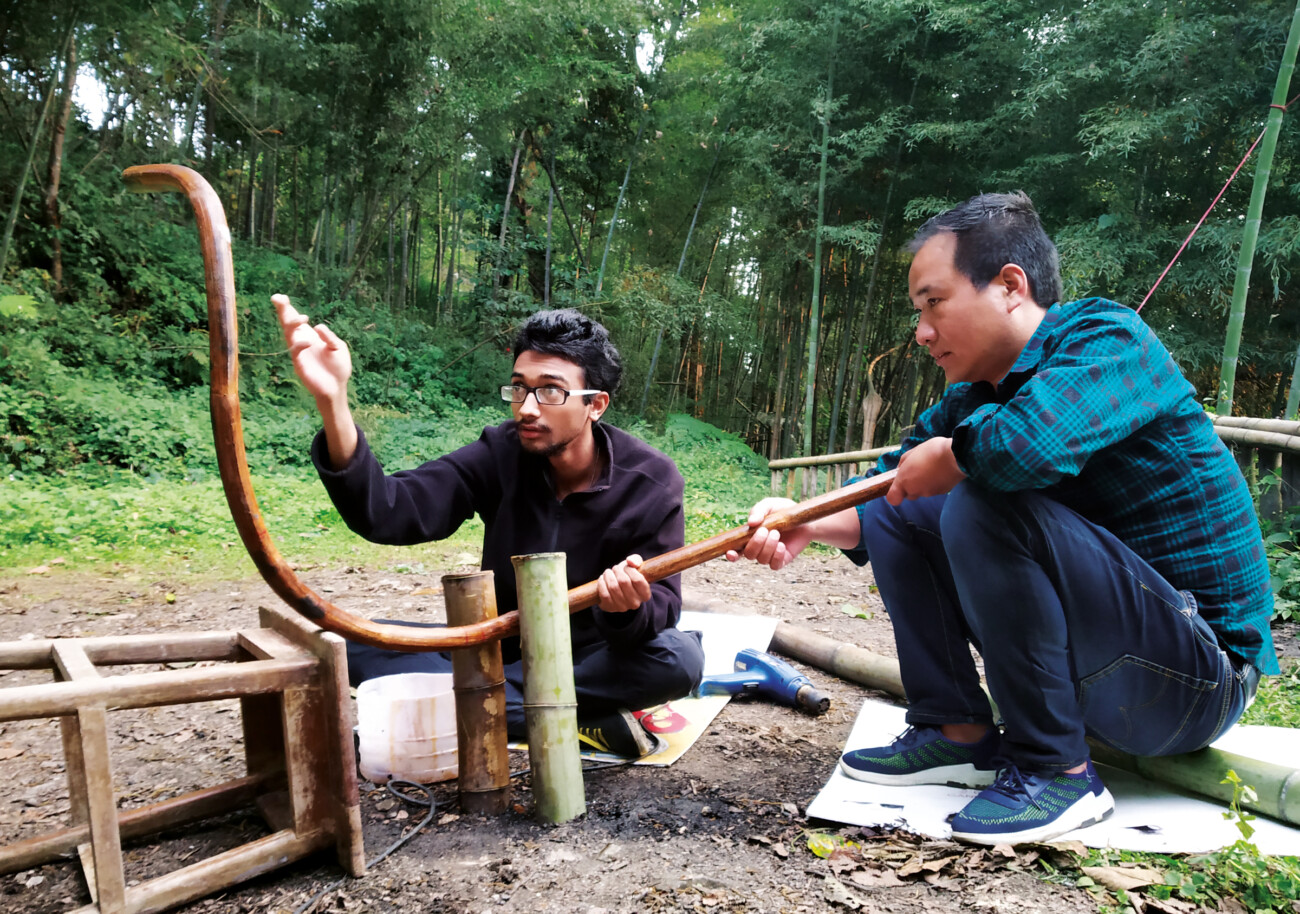
While the collective has explored markets in London and Netherlands, they have also made efforts to open up local markets. To promote contemporary ideas based on the culture of Sikkim they have introduced their products in North-east India and Uttaranchal. This is also an attempt to encourage pan-Himalayan collaboration.
Her brand Kuzu, which means ‘body’ in Bhutia language, is primarily an enquiry into the revival and sustenance of Sikkimese attire, called bokhu or kho
Karma Sonam Bhutia is a textile designer who prefers to work with her hands and is interested in the traditional indigenous weaving process that uses nettle fibre. She is trying to revive the ancient art of weaving cloths from nettle fibre that was prevalent in Nepal, Sikkim and Bhutan until superseded by the introduction of cotton and synthetic fibre. Karma is associated with Weaver’s Service Centre, an entity of the Directorate of Handicrafts and Handloom. She worked with forty-five women, experimenting with different weaving techniques from contemporary to traditional weaving techniques to suit the demands of the market. She is working towards the adaptation of ethnic designs and weaves for modern usage. Karma has designed drapes and shawls using nettle-weaving with a small group of local weavers. Her brand Kuzu, which means ‘body’ in Bhutia language, is primarily an enquiry into the revival and sustenance of Sikkimese attire, called bokhu or kho. She has designed reversible jackets in Chinese brocade, with one side decorated with colourful Buddhist cultural motifs and the other with modern patterns, so that the same garment can be used for formal and casual wear.
Sonam and his partners—Karma, her husband Ranveer, Tenzing Nyentsey Bhutia and Karma Palzor Bhutia—want to create a vibrant creative industry in the mountains. Their main aim is the conservation of heritage. “Sikkim is filled with artisans who have sustained themselves for many generations,” Sonam says, but he worries that in this age of advanced technology and science, they may lose touch with their roots.
There are many interns from various design institutes in India. The workspace and opportunities provided by Echostream fuel the stream of creativity and innovation. While Echostream is concerned with the preservation and uniqueness of Sikkimese art and craft, there is also a realization about the need to mainstream creativity, which the team succeeds to do in spirit and letter.
Photo Gallery
(Click to enlarge)
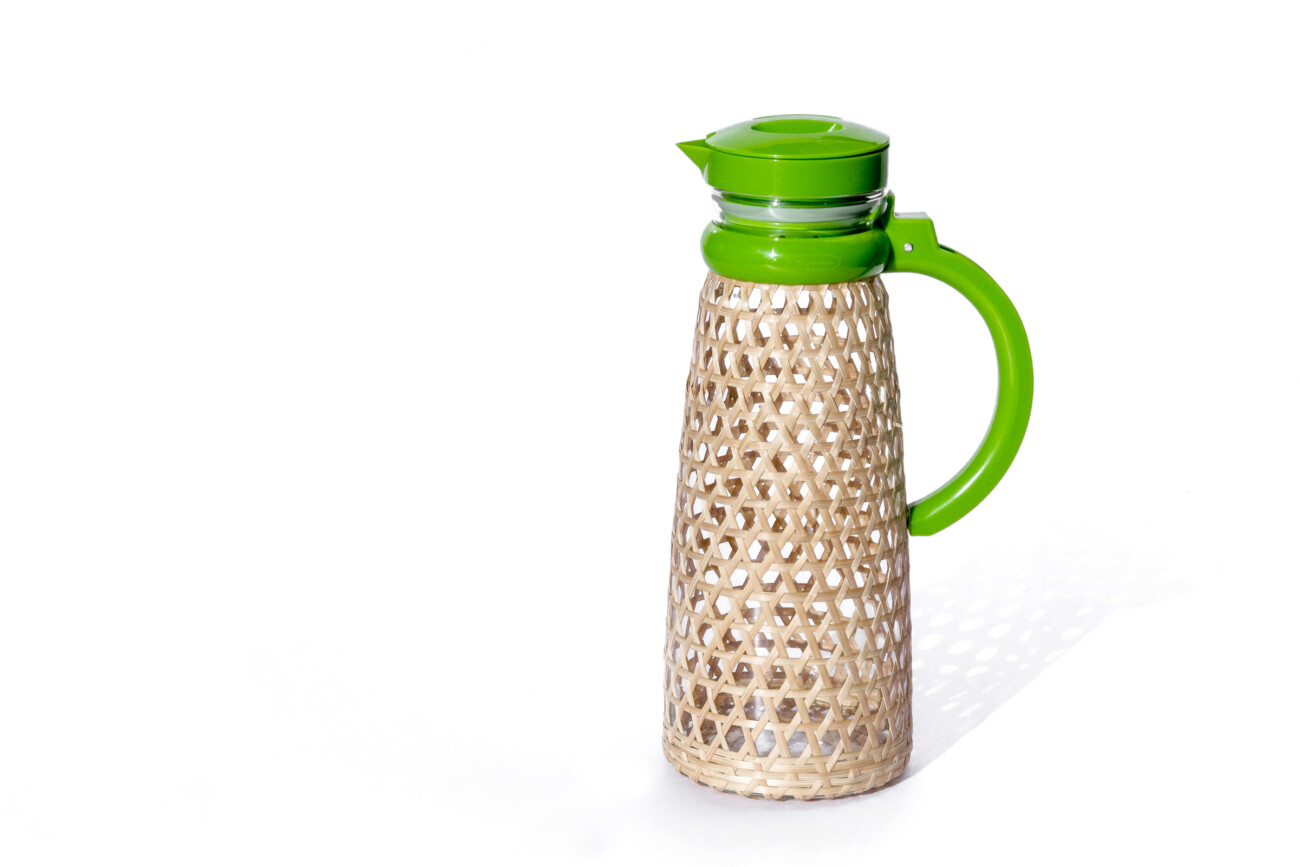
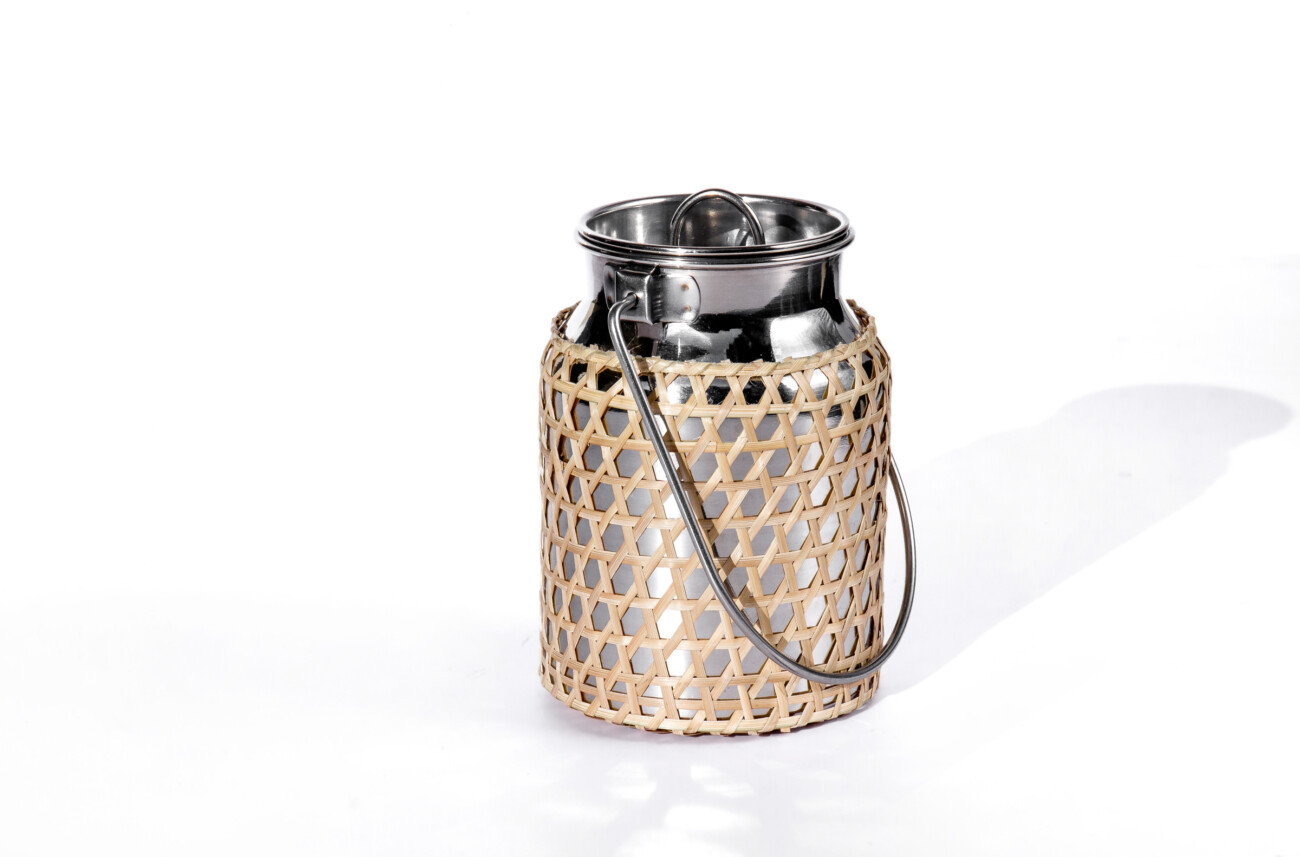


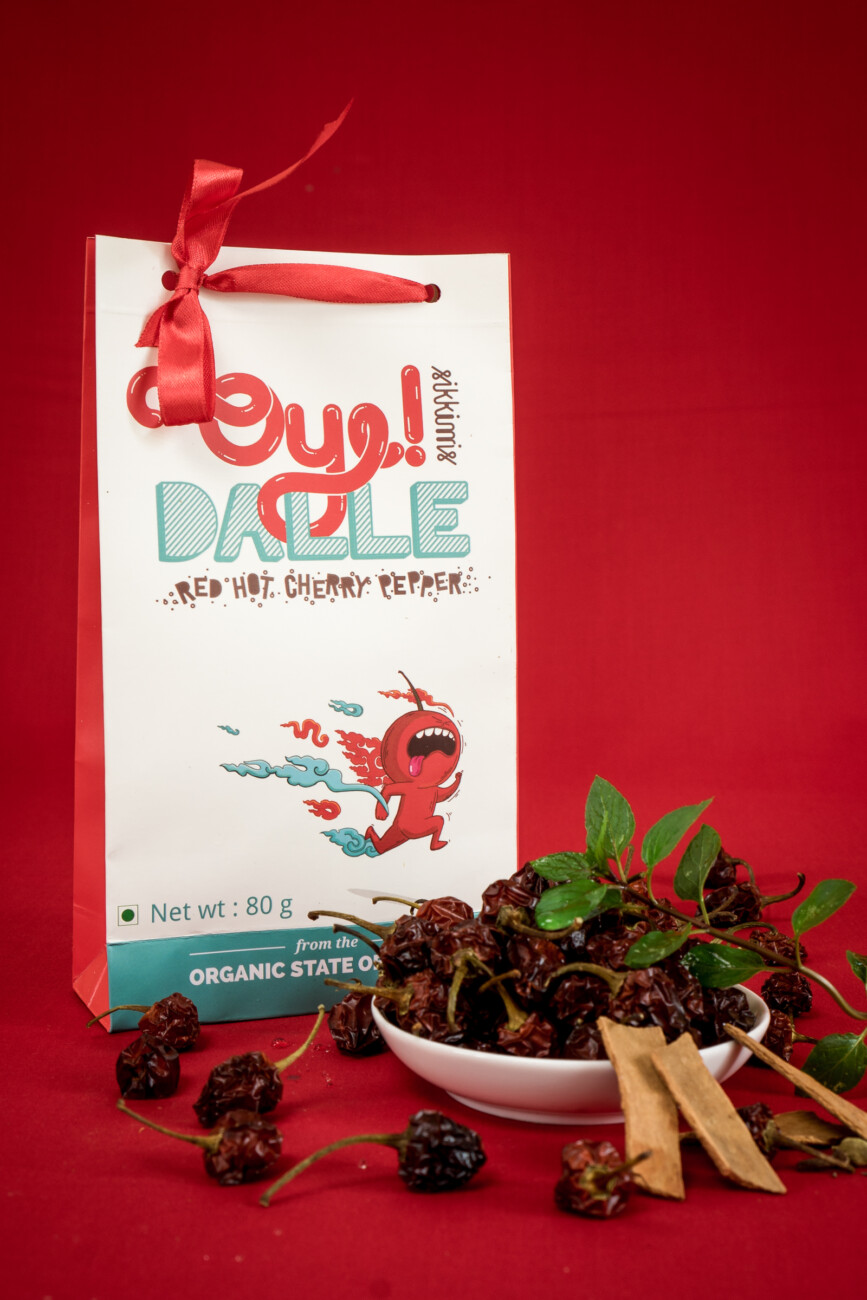



Brilliant work at all levels: vision; design; collective organizing, production and marketing---Echo Stream's efforts in so many fields are a true joy to follow in an otherwise tattered world. Thank you Sikkim Project for updating us.
Bravo all
Very relevant initiative. Good design and better marketing can certainly help revive much of our craft and provide our people with livelihood opportunities that are in tune with their traditions.
Congratulations to the team that has stepped in the revive our traditional crafts in the north east.
These were things unknown to most of us. Even if we were constantly using social medias.
Very interesting and informative 👍🏻👍🏻